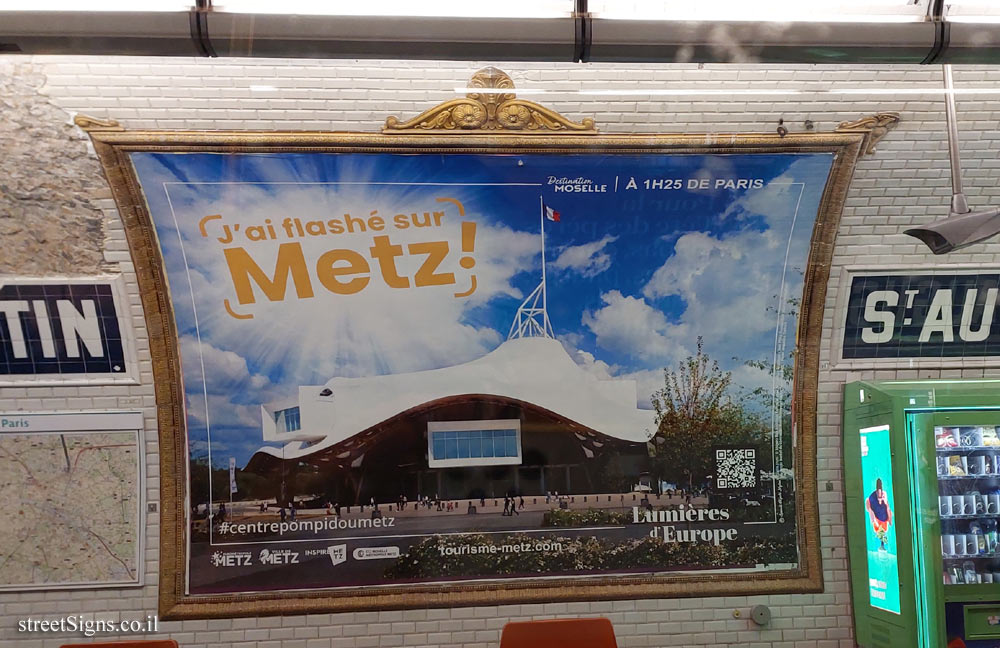
The ultimate street signs, historical sites and house numbers
 Click for a larger image
Click for a larger image  Click for a larger image
Click for a larger image  Click for a larger image
Click for a larger image  Click for a larger image
Click for a larger image  Click for all signs belonging to Paris - 100 Years of Metro History
Click for all signs belonging to Paris - 100 Years of Metro History
 2.18 Km |
2.18 Km |  2.93 Km |
2.93 Km |  3 Km |
3 Km |  3.14 Km |
3.14 Km |  3.34 Km
3.34 Km